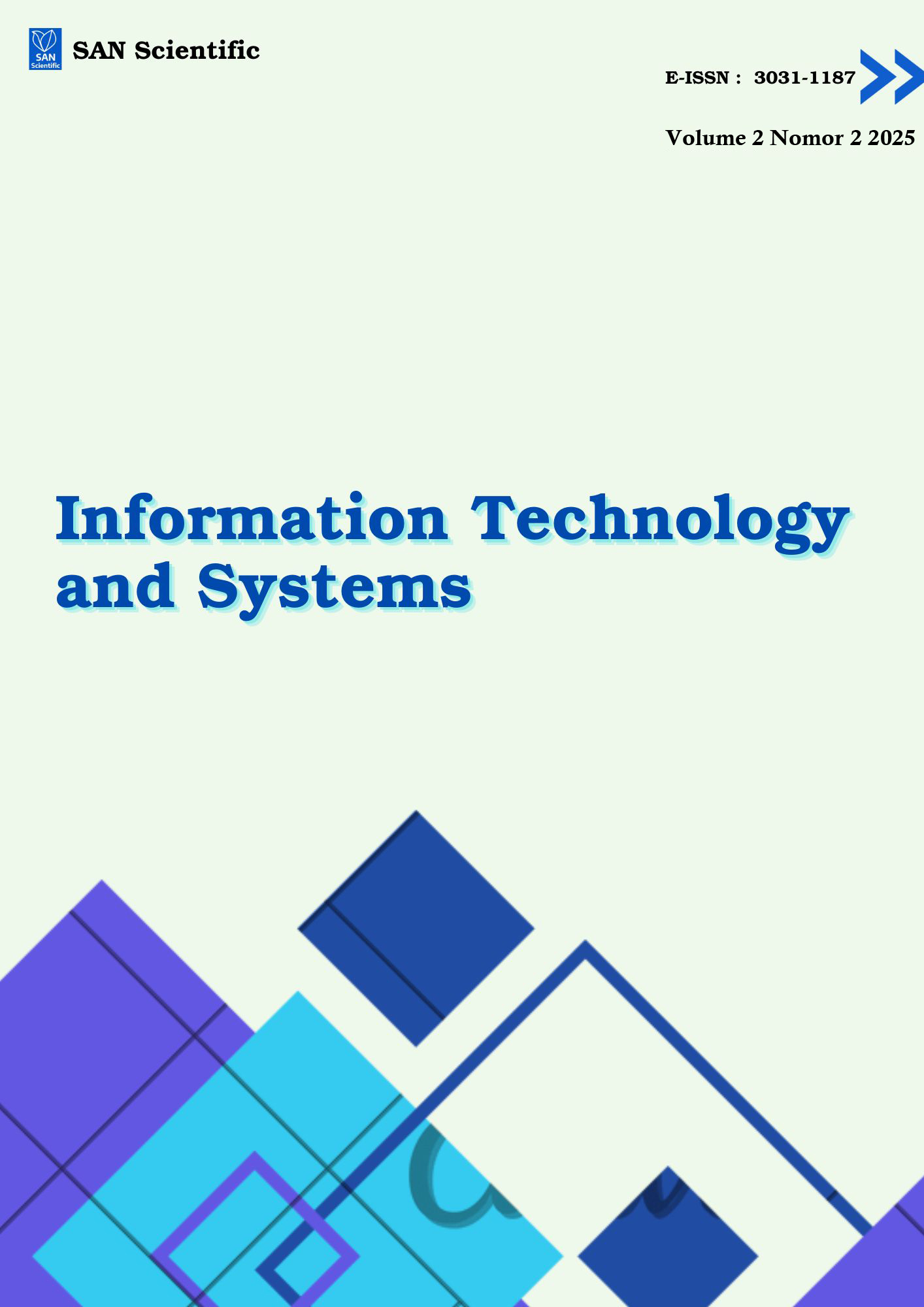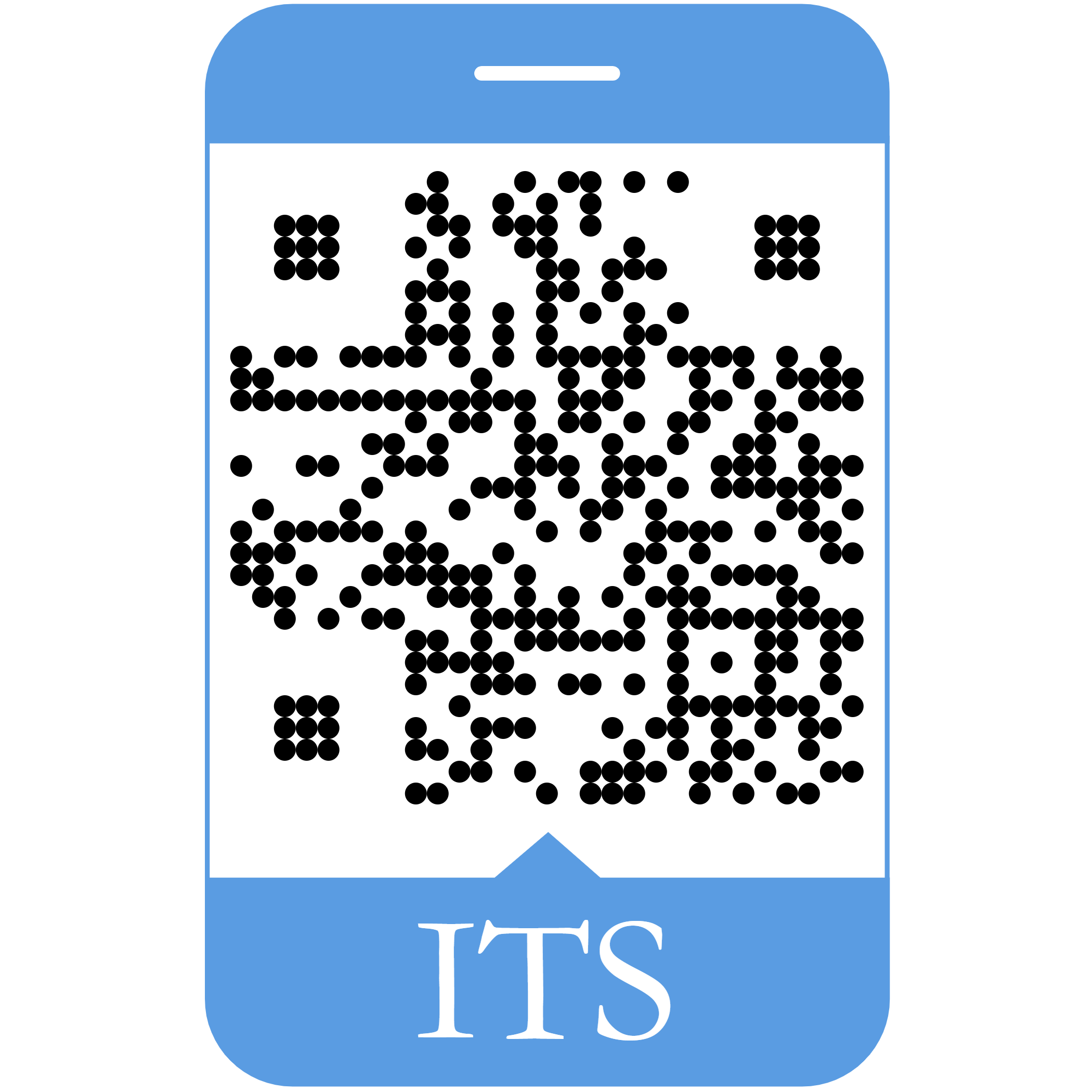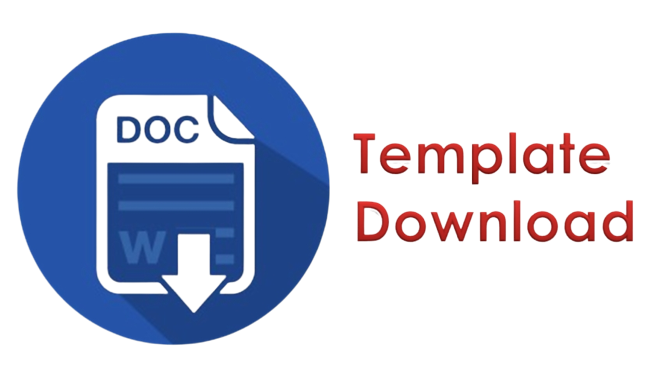Blockchain and Electronic Health Records Security in Hospitals
Blockchain and Electronic Health Records Security in Hospitals
DOI:
https://doi.org/10.58777/its.v2i2.359Keywords:
Security, Medical Records, Health Records, Patients, BlockchainAbstract
Blockchain is a block chain technology with a complex encryption process, featuring security, decentralization and privacy. Thanks to its ability to authenticate data accurately and minimize the risk of fraud, Blockchain has been applied in many industries, including healthcare, in medical examination and treatment processes and record management. Storing medical and health records in digital form helps to retrieve information quickly, improve the quality of patient care and the effectiveness of medical examination and treatment. However, the issue of online information security is still a major concern for managers, patients and users. This article will present (1) the operating mechanism of Blockchain; (2) the medical examination and treatment process according to regulations; (3) the security of health records and medical records when applying Blockchain technology, and propose solutions in the application of health records and patient medical records management.
References
Ahmadian, L., & Khajouei, R. (2012). Impact of computerized order sets on practitioner performance. Quality of Life through Quality of Information, 1129-1131.
Berner E. S., Detmer D. E., Simborg D. (2005) Will the wave finally break? A brief view of the adoption of electronic medical records in the United States. J. Am. Med. Inform. Assoc. 12(1):3–7. https://doi.org/10.1197/jamia.M1664
Ben Fekih, R., & Lahami, M. (2020). Application of blockchain technology in healthcare: a comprehensive study. In The Impact of Digital Technologies on Public Health in Developed and Developing Countries: 18th International Conference, ICOST 2020, Hammamet, Tunisia, June 24–26, 2020, Proceedings 18 (pp. 268-276). Springer International Publishing.
Article 59 Law on medical examination and treatment No. 40/2009/QH12. (2009), from thuvienphapluat website: https://thuvienphapluat.vn/van-ban/The-thao-Y-te/Luat-kham-benh-chua-benh-nam-2009-98714.aspx
Evans, R. S. (2016). Electronic health records: then, now, and in the future. Yearbook of medical informatics, 25(S 01), S48-S61.
Fernández-Alemán, J. L., Señor, I. C., Lozoya, P. Á. O., & Toval, A. (2013). Security and privacy in electronic health records: A systematic literature review. Journal of biomedical informatics, 46(3), 541-562.
Francisco, K., & Swanson, D. (2018). The supply chain has no clothes: Technology adoption of blockchain for supply chain transparency. Logistics, 2(1), 2.
Gunter, T. D., & Terry, N. P. (2005). The emergence of national electronic health record architectures in the United States and Australia: models, costs, and questions. Journal of medical Internet research, 7(1), e383.
Hufnagel, S. P. (2009). National electronic health record interoperability chronology. Military Medicine, 174(suppl_5), 35-42.
Hochman, M. (2018). Electronic health records: A “Quadruple win,” a “quadruple failure,” or simply time for a reboot?. Journal of General Internal Medicine, 33, 397-399.
Kairaldeen, A. R., Abdullah, N. F., Abu-Samah, A., & Nordin, R. (2021). Data integrity time optimization of a blockchain IoT smart home network using different consensus and hash algorithms. Wireless Communications and Mobile Computing, 2021, 1-23.
K. Wisner, A. Lyndon, and C. A. Chesla, ‘‘The electronic health record’s impact on nurses’ cognitive work: An integrative review,’’ Int. J. Nursing Stud., vol. 94, pp. 74–84, Jun. 2019
Keshta, I., & Odeh, A. (2021). Security and privacy of electronic health records: Concerns and challenges. Egyptian Informatics Journal, 22(2), 177-183. https://doi.org/10.1016/j.eij.2020.07.003
Le đinh, sang. (2020). Current status of recording inpatient medical records in internal medicine departments of Nghe An General Friendship Hospital in 2019 and some related factors (doctoral thesis, Hanoi Medical University).
Pilkington, M. (2016). Blockchain technology: principles and applications. In Research handbook on digital transformations (pp. 225-253). Edward Elgar Publishing.
Decision 1313/QD-BYT of 2013 guiding the medical examination process at the hospital's Examination Department issued by the Minister of Health. (2020). Retrieved from https://thuvienphapluat.vn/van-ban/The-thao-Y-te/Quyet-dinh-1313-QD-BYT-nam-2013-huong-dan-quy-trinh-kham-benh-tai-Khoa-Kham-benh-184515.aspx
Seebacher, S., & Schüritz, R. (2017). Blockchain technology as an enabler of service systems: A structured literature review. In Exploring Services Science: 8th International Conference, IESS 2017, Rome, Italy, May 24-26, 2017, Proceedings 8 (pp. 12-23). Springer International Publishing.
Schiff, G. D., Bates, D. W., Hartzband, P., Groopman, J., & Schiff, G. D. (2010). Can electronic clinical documentation help prevent diagnostic errors?. New England Journal of Medicine, 362(12), 1066.
Sheikhalishahi, S., Miotto, R., Dudley, J. T., Lavelli, A., Rinaldi, F., & Osmani, V. (2019). Natural language processing of clinical notes on chronic diseases: systematic review. JMIR medical informatics, 7(2), e12239.
Salman, T., Zolanvari, M., Erbad, A., Jain, R., & Samaka, M. (2018). Security services using blockchains: A state of the art survey. IEEE communications surveys & tutorials, 21(1), 858-880.
Talukdar, M. I., Hassan, R., Hossen, M. S., Ahmad, K., Qamar, F., & Ahmed, A. S. (2021). Performance improvements of AODV by black hole attack detection using IDS and digital signature. Wireless Communications and Mobile Computing, 2021, 1-13.
Thông tư 46/2018/TT-BYT sử dụng và quản lý hồ sơ bệnh án điện tử. (2018), từ thuvienphapluat website: https://thuvienphapluat.vn/van-ban/Cong-nghe-thong-tin/Thong-tu-46-2018-TT-BYT-su-dung-va-quan-ly-ho-so-benh-an-dien-tu-391438.aspx
Tertulino, R., Antunes, N., & Morais, H. (2024). Privacy in electronic health records: a systematic mapping study. Journal of Public Health, 32(3), 435-454.
Van Nhan, N., Thuy Van, T. T., & Van Luc, N. (2023). Impact of service quality factors on customer satisfaction: Research at Loc lam furniture trading service co., ltd. doi:10.61463/ijset.vol.9.issue5.101
Nhân, N. V., & Lực, N. V. (2023). Service Quality Factors Impact on Customer Satisfaction: Research at Loc Lam Furniture Trading Service Co. Ltd. Malaysian Journal of Business, Economics and Management, 54-62. doi:10.56532/mjbem.v2i2.18
Wenhua, Z., Qamar, F., Abdali, T. A. N., Hassan, R., Jafri, S. T. A., & Nguyen, Q. N. (2023). Blockchain technology: security issues, healthcare applications, challenges and future trends. Electronics, 12(3), 546.
Wu, Y., Song, P., & Wang, F. (2020). Hybrid consensus algorithm optimization: A mathematical method based on POS and PBFT and its application in blockchain. Mathematical Problems in Engineering, 2020.
Yang, F., Zhou, W., Wu, Q., Long, R., Xiong, N. N., & Zhou, M. (2019). Delegated proof of stake with downgrade: A secure and efficient blockchain consensus algorithm with downgrade mechanism. IEEE access, 7, 118541-118555.
Yli-Huumo, J., Ko, D., Choi, S., Park, S., & Smolander, K. (2016). Where is current research on blockchain technology?—a systematic review. PloS one, 11(10), e0163477.
Jin-Whan, K. (2019). Latest trends and major case studies of blockchain technology. International Journal of Hybrid Information Technology, 12(2), 1-6.
Jafar, U., Ab Aziz, M. J., Shukur, Z., & Hussain, H. A. (2022). A systematic literature review and meta-analysis on scalable blockchain-based electronic voting systems. Sensors, 22(19), 7585.
Jansen, A. C., van Aalst-Cohen, E. S., Hutten, B. A., Büller, H. R., Kastelein, J. J., & Prins, M. H. (2005). Guidelines were developed for data collection from medical records for use in retrospective analyses. Journal of clinical epidemiology, 58(3), 269-274.
Jetley, G., & Zhang, H. (2019). Electronic health records in IS research: Quality issues, essential thresholds and remedial actions. Decision Support Systems, 126, 113137.
Downloads
Published
Issue
Section
Copyright (c) 2025 Van Nhan Nguyen , Trần Thí Thúy Vân

This work is licensed under a CC Attribution-ShareAlike 4.0
 Views: 90
|
Views: 90
|
 Downloaded: 58
Downloaded: 58









